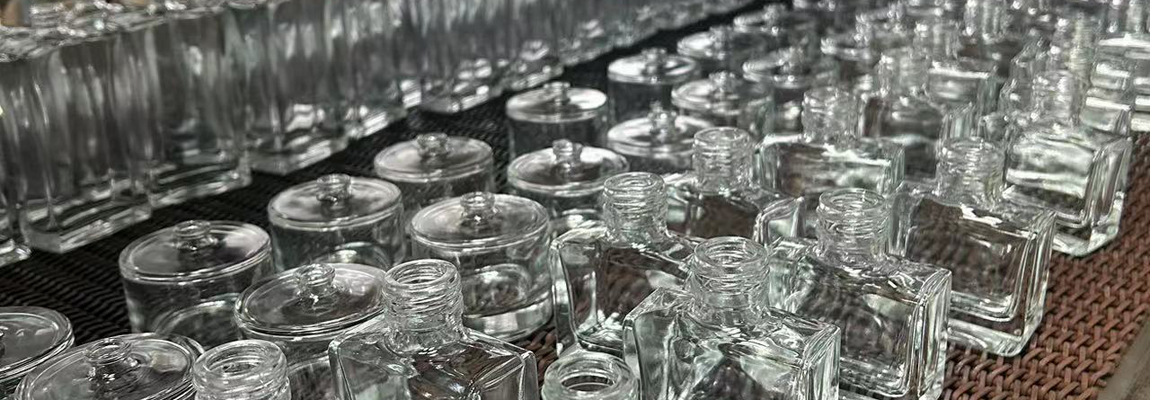Materials for Perfume Bottles
Materials for Perfume Bottles
The primary materials used to make perfume bottles - glass, plastic, metal and ceramics. It examines the characteristics of each material and how the selection impacts the visual and practical elements of a fragrance brand.
Perfumers have a variety of materials to choose from when crafting their fragrance bottles. The selected material plays an important role in both the look and functionality of the final design. Here are some of the most common options:
Glass - Glass remains the classic material for its transparency allowing the fragrance color and blend to shine through. It can be molded into intricate shapes and is highly shatter-resistant. Glass offers a premium aesthetic appealing to luxury perfume brands.
Plastic- - Materials like polyethylene terephthalate (PET) provide durability and printability at lower costs than glass. Transparent plastics mimic the look of glass while eliminating the risk of breakage. They are lightweight and suitable for travel sizes.
Metal -
Metals bring a sense of luxury and richness. Popular metals include silver, gold and aluminum for their shiny, hardwearing surfaces. Metal bottles convey an air of sophistication but are heavier than plastic or glass.
Ceramics -
For a natural texture, ceramic bottles impart an artisanal touch. Their absorption properties protect more delicate fragrance accords compared to glass. However, ceramics require more fragile packaging.
The bottle material profoundly influences user experience and ultimately, a perfume's market reception. Choosing wisely maximizes both the visual and practical elements of each fragrance brand.

- PREV : 2024 New Perfume Design
- NEXT : It's the end one!








 HOME
HOME

